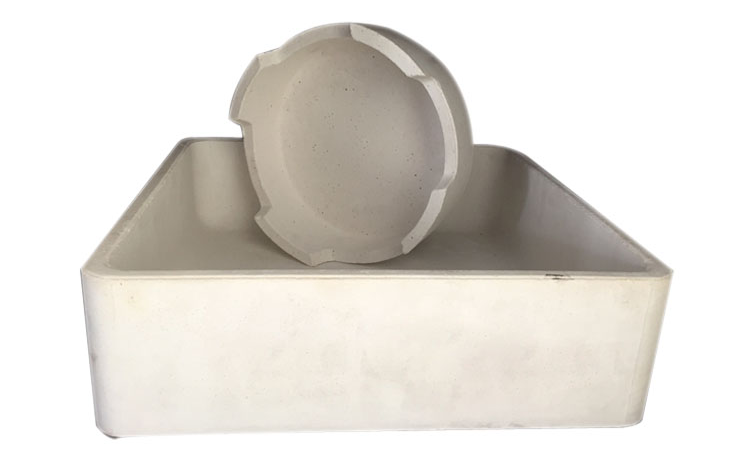
In the high - temperature firing process of ceramics, the temperature range of 1000°C–1400°C in the kiln is a critical stage. Proper management of the tray's lifespan directly impacts product yield and production efficiency. This guide will help you understand how to scientifically manage the tray's lifespan in this temperature range.
The choice of tray material is crucial. Traditional refractory bricks and ordinary ceramic trays have several pain points. For example, they may have poor thermal stability, which leads to cracking or deformation under high - temperature conditions. In contrast, composite corundum - mullite trays offer significant advantages.
Composite corundum - mullite trays have excellent thermal stability, thermal shock resistance, and chemical inertness. Their thermal expansion coefficient is relatively low, which means they can better withstand the temperature changes in the kiln. According to industry data, in a kiln operating at 1200°C, the deformation rate of traditional trays can reach up to 15%, while the deformation rate of composite corundum - mullite trays is less than 5%.

In mosaic production, trays need to have a flat surface to ensure the quality of the mosaic pieces. Composite corundum - mullite trays can maintain their flatness even after multiple high - temperature cycles. They also have good wear resistance, which is suitable for the friction during the production process.
For sanitary ware production, trays need to support heavy - weight products. The high strength of composite corundum - mullite trays makes them an ideal choice. They can also resist chemical corrosion from the glazes used in sanitary ware production.
Roof tiles are usually large in size. Trays for roof tile production need to have good heat - transfer properties to ensure uniform firing. Composite corundum - mullite trays have a relatively high thermal conductivity, which can meet this requirement.

There are several common causes of tray deformation. One of the main reasons is thermal stress concentration. When the temperature distribution in the kiln is uneven, thermal stress will be generated in the tray, leading to deformation. Frequent cold - hot cycles can also cause fatigue damage to the tray.
To identify deformation risks, you can use non - destructive testing methods. For example, ultrasonic testing can detect internal cracks in the tray. As for maintenance, it is recommended to conduct a comprehensive inspection every 50 firing cycles. If any signs of deformation or damage are found, timely replacement or repair should be carried out.
"Since we started using composite corundum - mullite trays and followed the maintenance guide, our product yield has increased by 10%, and the production efficiency has also been significantly improved." - A ceramic factory technical manager
In conclusion, by choosing composite corundum - mullite trays and following scientific lifespan management methods, you can improve the kiln operation efficiency and the consistency of product quality. Don't miss out on the opportunity to optimize your high - temperature firing process.
Get the Ceramic Tray Selection White Paper PDF. Download now to learn the complete lifecycle management solution.

